RUDN engineers adjusted the operation of a diesel engine running on rapeseed oil. Typically, the second fuel reduces engine performance, but the authors explained how to adjust it so that vegetable and diesel fuels come close in performance.
Tag: oil
Treating Polluted Water with Nanofiber Membranes
In Biointerphases, researchers develop a fabrication method to increase the efficacy and longevity of membrane separation technology. The team created a nanofibrous membrane with electrospinning, in which a liquid polymer droplet is electrified and stretched to make fibers, and increased the roughness of the membrane surface by loading it with silver nanoparticles. In water, this rough surface promotes a stable layer of water, which acts as a barrier to prevent oil droplets from entering the membrane. The technology is greater than 99% effective at separating a petroleum ether-in-water emulsion.
Oil Spill Effects on Mahi-mahi Go Far Beyond Initial Survival
New research into oil spills’ effects finds surviving the initial event does not guarantee success for the popular sport fish mahi-mahi (Coryphaena hippurus). Exposed fish faced temporary increased predation and did not spawn for the entire observation time.
Improving Yields in Enhanced Oil Recovery
Nonionic surfactants are molecules with both hydrophobic and hydrophilic components, which lets them interact both with hydrophilic liquids like water as well as hydrophobic liquids like oil. This surface-active property makes them invaluable in enhanced oil recovery, where they can be used to greatly increase oil yields. During the 72nd ACA meeting, Thomas Fitzgibbons, of Dow, will detail how nonionic surfactants behave under the high-pressure conditions found in oil wells; adding nonionic surfactants to the injection fluid can help in several ways.
Sizzling Sound of Deep-Frying Reveals Complex Physics
In Physics of Fluids, researchers carefully studied bubbles that form when water droplets come into contact with heated cooking oil and found that the type and number of bubbles formed depends on the amount of water absorbed by the chopsticks as well as the chopstick material. The water droplet explodes when it hit the hot oil, in three types of bubble events: an explosion cavity, an elongated cavity, and an oscillating cavity.
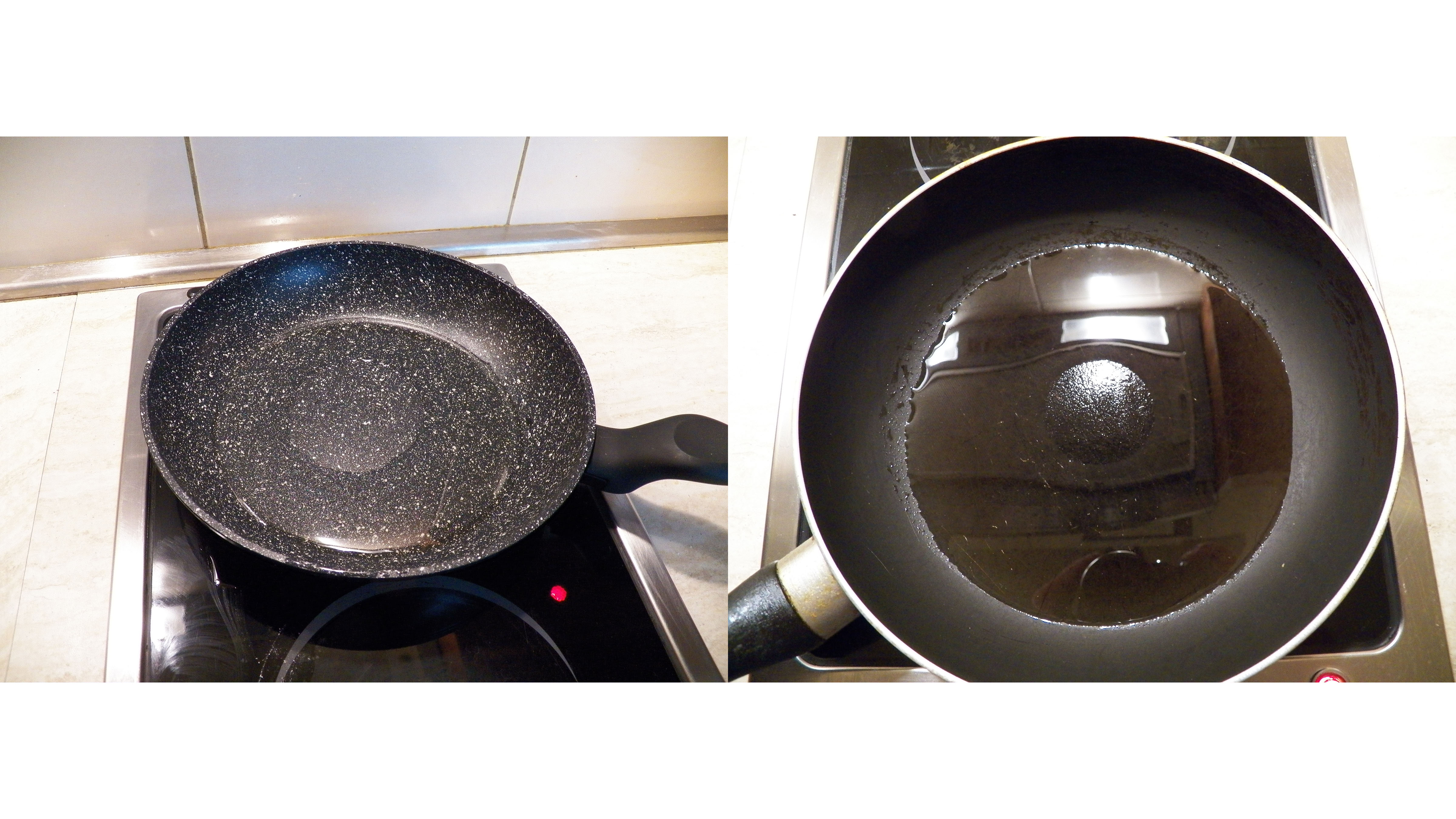
Why Food Sticks to Nonstick Frying Pans
Foods will sometimes get stuck to a heated surface, even if oil or a nonstick frying pan is used. Scientists have investigated the fluid properties of oil on a flat surface and their work, reported in Physics of Fluids, shows convection may be to blame. When the pan is heated from below, a temperature gradient is established in the oil film, as well as a surface tension gradient. This gradient sets up a type of convection known as thermocapillary convection.
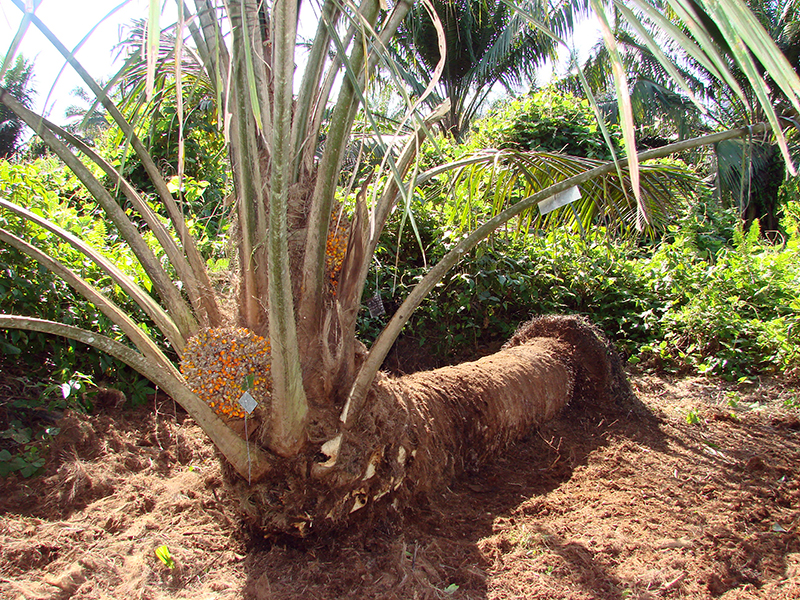
Research helps improve a key ingredient in vegetable oil
Plant breeding advances will help farmers growing oil palm, an important oilseed crop
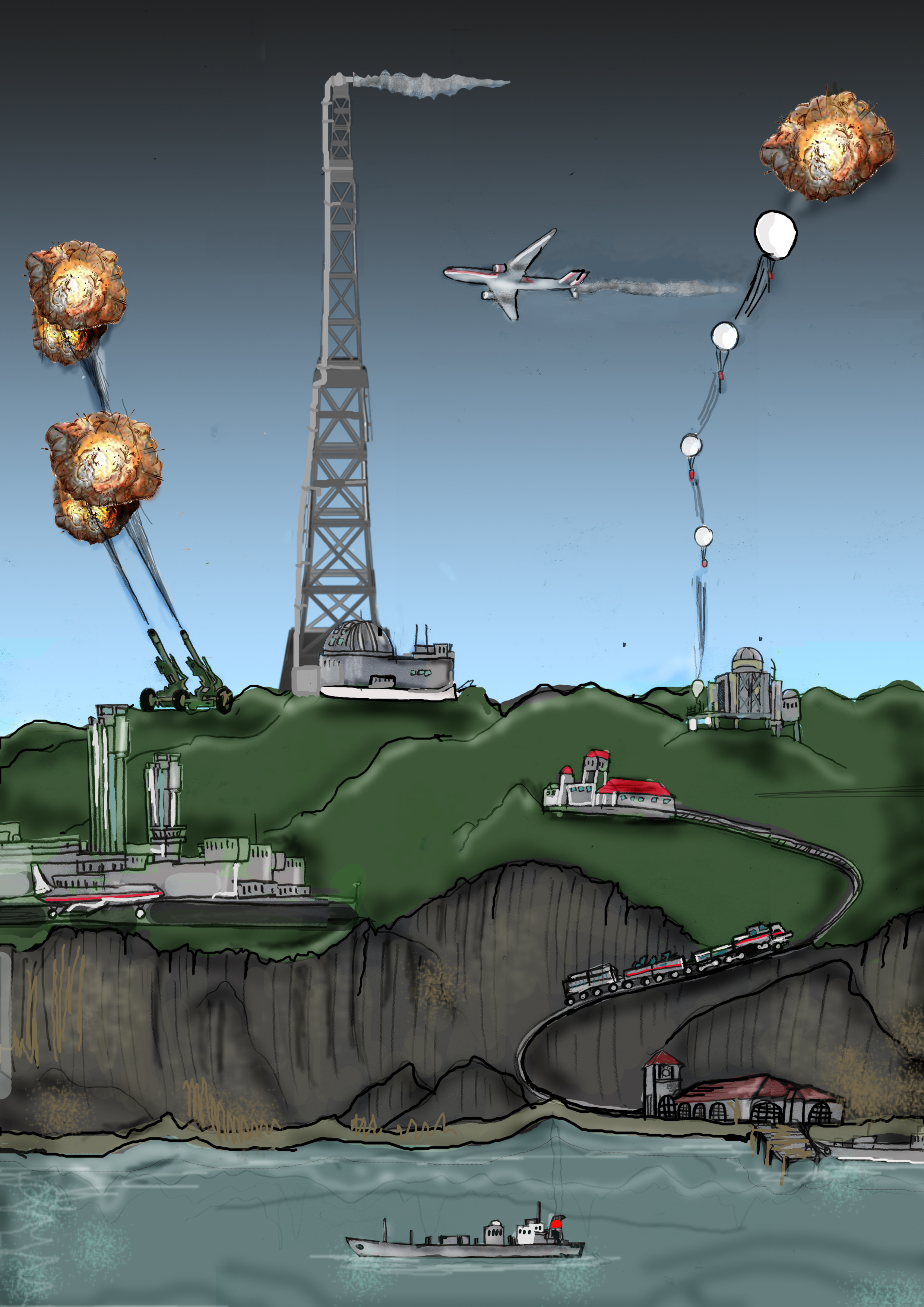
Geoengineering is Just a Partial Solution to Fight Climate Change
Could we create massive sulfuric acid clouds that limit global warming and help meet the 2015 Paris international climate goals, while reducing unintended impacts? Yes, in theory, according to a Rutgers co-authored study in the journal Earth System Dynamics. Spraying sulfur dioxide into the upper atmosphere at different locations, to form sulfuric acid clouds that block some solar radiation, could be adjusted every year to keep global warming at levels set in the Paris goals. Such technology is known as geoengineering or climate intervention.
Simulating Borehole Ballooning Helps Ensure Safe Drilling of Deep-Water Oil, Gas
A device which simulates borehole ballooning, a detrimental side effect of deep-water drilling operations, is expected to ensure safe and efficient operations. If not prevented, borehole ballooning can lead to irreversible damage and serious drilling accidents, which can result in reservoir pollution and huge economic loss. In Review of Scientific Instruments, researchers present a device that can simulate this dangerous phenomenon in the hopes of preventing it.
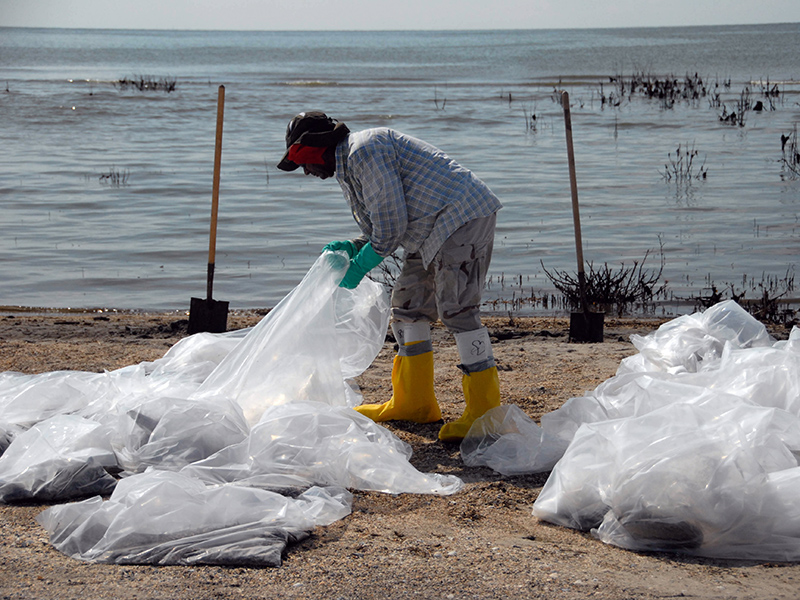
Soil Science Society publishes blogs about Deepwater Horizon’s Anniversary
Blogs look at the immediate and long-term impacts on the Gulf’s coastal soils
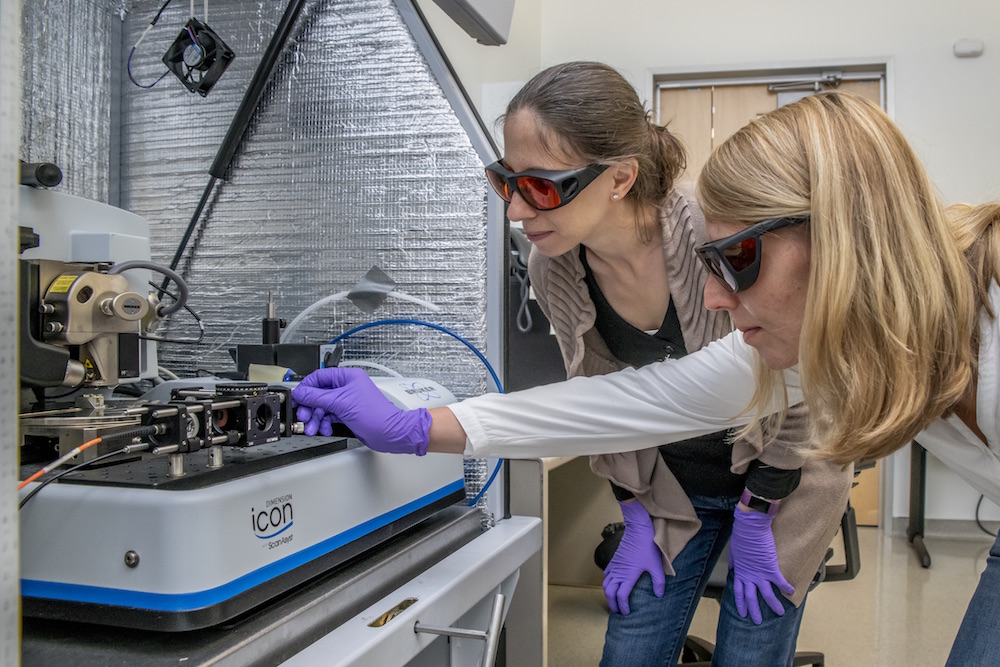
How JCAP Is Making Solar Fuels Shine
As we look back at a decade of discovery, we highlight 10 achievements by scientists at Berkeley Lab and the Joint Center for Artificial Photosynthesis that bring us closer to a solar fuels future.
Oils added to vaping products cause damage to lungs, expert says
In response to a new study which found that lung damage from vaping resembles chemical burns, Geraldine R. Britton, director of the Binghamton University Interdisciplinary Tobacco Use Research Program, offers the following. “Many have believed that the underlying problem with vaping…

Notre Dame professors can offer expertise on Iran from Trump’s tweets to oil security
We can easily arrange TV and radio interviews at Notre Dame’s on-campus studio. Rosemary Kelanic is an expert on oil security and U.S. Grand Strategy. She recently wrote “Why Iran’s ‘oil weapon’ isn’t that scary” for the Washington Post’s Monkey…